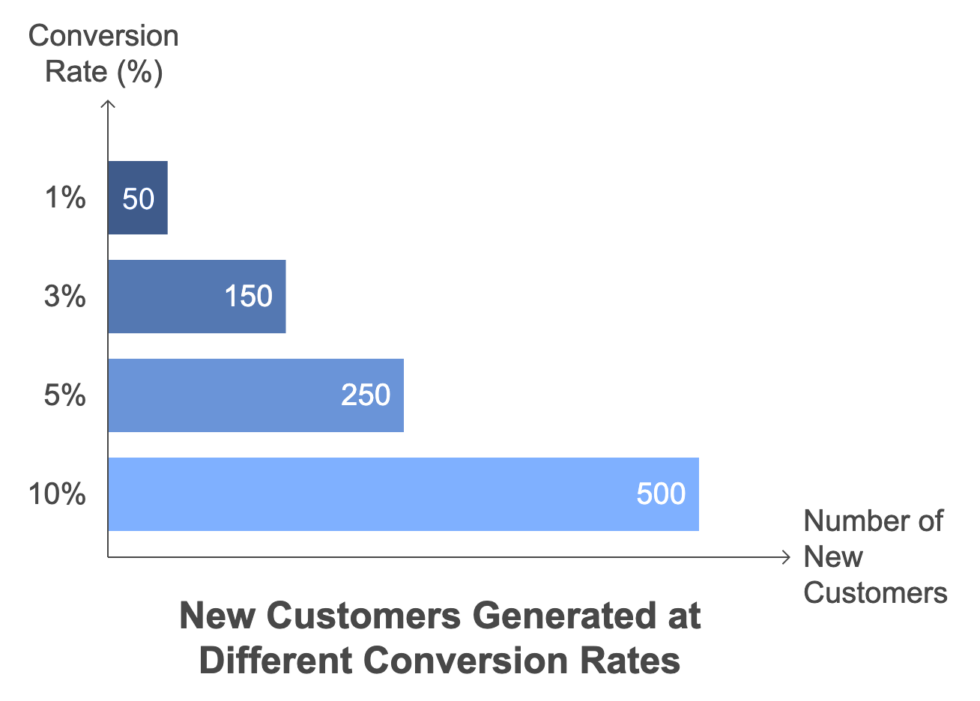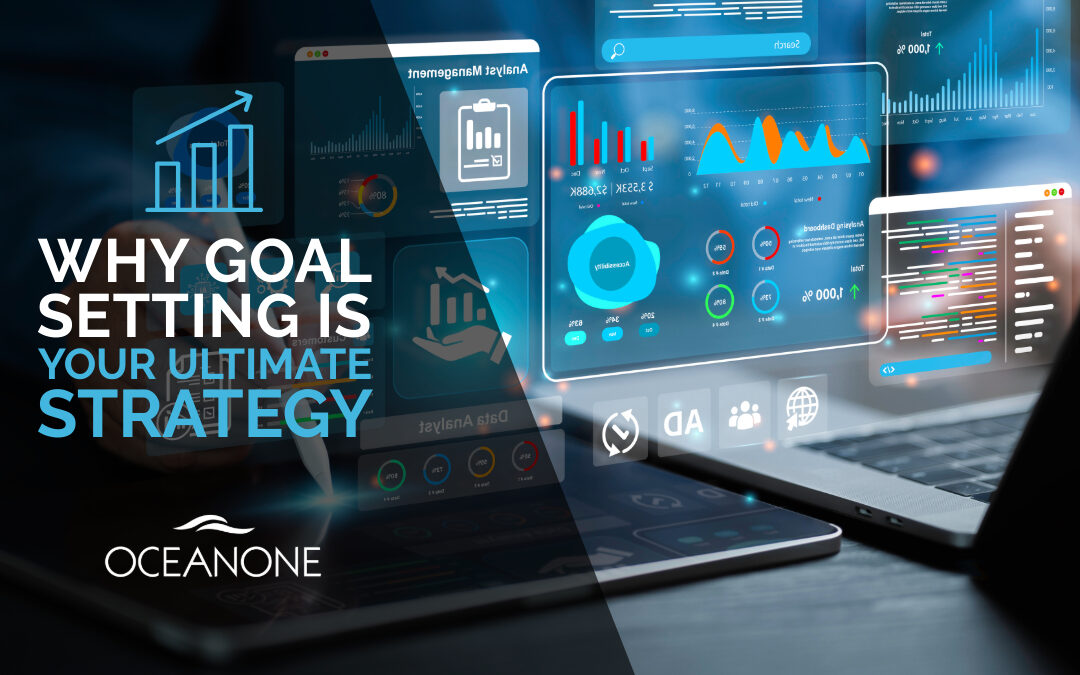
How to Double Your Google Ad Conversions Without Increasing Ad Spend
When marketing teams run high-budget Google Ads campaigns, every percent in conversion improvement translates into measurable gains. Whether you’re aiming to bring in new clients, increase leads, or boost sales, a well-optimized Google Ads conversion rate can make all the difference. Here’s a comprehensive guide to help you make the most of your ad budget.
What is a Conversion Rate?
The conversion rate is the percentage of users who complete a desired action on your website, such as filling out a form, calling, or making a purchase, out of the total number of users who clicked your ad. It’s an essential metric for understanding the effectiveness of your campaigns.
What is a Good Google Ad Conversion Rate?
Conversion rates vary widely by industry, but typically, a rate above 5% is considered strong for Google Ads. However, elite performance can often reach 10% or higher, depending on the market and competitive landscape.
How to Calculate Conversion Rates
Knowing your conversion rate allows you to understand the performance of your campaigns and pinpoint potential for improvement.
- Set up conversion tracking in your Google Ads account to measure completed actions on your website.
- Gather your metrics – specifically, the number of completed conversions and the number of clicks on your ads.
Conversion Rate Formula

How to Set Conversion Rate Goals
Before diving into CRO tactics, set realistic goals based on current data. Aiming for incremental improvements over time can yield substantial results. To set achievable goals:
- Analyze historical data and industry benchmarks.
- Focus on incremental gains – an increase from 5% to 6% may not sound significant, but it’s actually a 20% increase in conversions.
- Prioritize high-intent audiences – ensure your campaigns are targeting users likely to convert.
Key KPIs to Measure and Optimize
- Click-Through Rate (CTR): Higher CTR often correlates with more relevant ads and keywords.
- Cost per Conversion (CPC): Lowering your CPC without reducing quality leads can improve ROI.
- Conversion Value: Calculate the average revenue per conversion to assess overall profitability.
- Bounce Rate on Landing Pages: High bounce rates indicate that visitors aren’t engaging with your content.
- Time on Page and Engagement Metrics: A lower engagement often signals a need for a better-targeted landing page.
Expert Tips on Increasing Your Google Ad Conversions
- Understand where the leak is
Google ads will let you know whether your ad performance is low, average or above average. They have made it pretty easy to fix any problems there. What happens after they click on your ad and go to your website or landing page? What percentage of visitors are taking the action that you want them to. This is usually where the problem is. The best advice is to only offer 1 or 2 possible actions for them to take. If they start browsing around your website, you will likely lose them no matter how nice your website is. There are exceptions but it’s just the reality today.
Don’t have your ads clicking through to your website. Make a specific landing page that is optimized to do all the selling for you and give visitors only one action to take. There are many things you can test out to see what works best for you. Use tools like Hotjar to see how visitors are interacting with the pages and look for any problems that you can fix. - Optimize Landing Pages for Google Ad Conversions
Google Ads can drive traffic, but a dedicated landing page converts more effectively than sending visitors to a general website.For instance, one of our clients, a private college, was running ads that initially converted at 5.2%. After analyzing visitor behaviour, we identified that users were clicking away from the primary goal of filling out a form or calling for an appointment to explore other parts of the website.We didn’t think they should pay to have people browse their website so we recommended creating a streamlined, visually engaging landing page focused on conversions.It answered all the typical questions that people ask. As a result, their conversion rate surged to 11.4% – more than double their previous performance.The campaigns have converted up to 15.83% depending on the season.This has reduced the CPC from $3.89 to $1.91 per click and delivered far more prospects without increasing ad spend! - Use Clear and Compelling Calls-to-Action (CTAs)
Ensure your CTA matches the visitor’s intent and stands out on the page. Use action-oriented language that inspires urgency, like “Get Your Free Quote Today!” or “Reserve Your Spot.” - A/B Test Ads and Landing Pages
Continuously test variations of your ads and landing pages to discover what resonates best with your audience. Test one element at a time, such as headlines, images, or CTA buttons, to accurately gauge their impact. - Utilize Remarketing to Re-engage Visitors
Remarketing ads target users who visited your website but didn’t convert. These ads reinforce your brand and can encourage users to return and complete the desired action. - Leverage Audience Segmentation
Target ads based on specific demographics, interests, and behaviors. This way, you’ll deliver relevant messaging to distinct audience segments, increasing the likelihood of conversion. - Improve Page Load Speed
A delay of even one second in page loading can significantly impact conversions. Work with your development team to ensure your landing page loads quickly across all devices.
Example Table: The Power of Conversion Rate Optimization
One key takeaway is that it’s easier and more cost-effective to increase your conversion rate than to drive more traffic.
Here’s a quick breakdown showing how many new customers can be generated from the same 5,000 monthly visitors at different Google Ad conversion rates:

As you can see, a small percentage in conversion rate can dramatically increase the number of new customers, without increasing ad spend or traffic.
Final Thoughts
Improving your conversion rate on Google Ads requires a focused, data-driven approach. By implementing the right strategies and continually optimizing based on insights, you can maximize the ROI of your ad campaigns and drive substantial growth.
Whether you’re looking to refine an existing campaign or launch a new one, Oceanone Design’s team of CRO specialists is here to help with customized strategies designed for high-impact results.
Interested in having us build a customized marketing strategy for your company?






